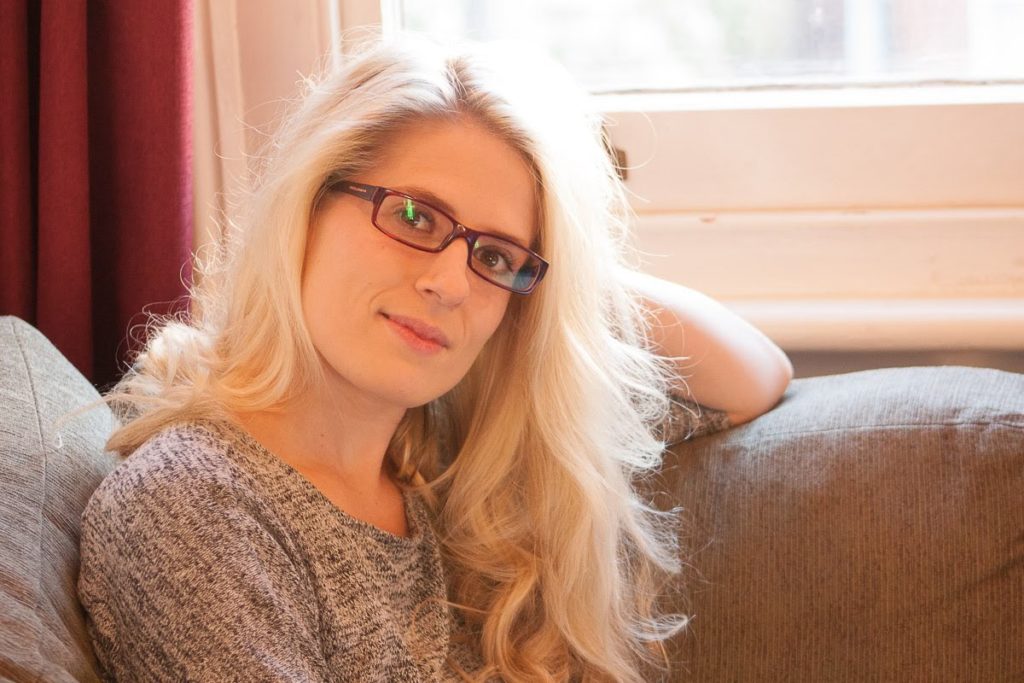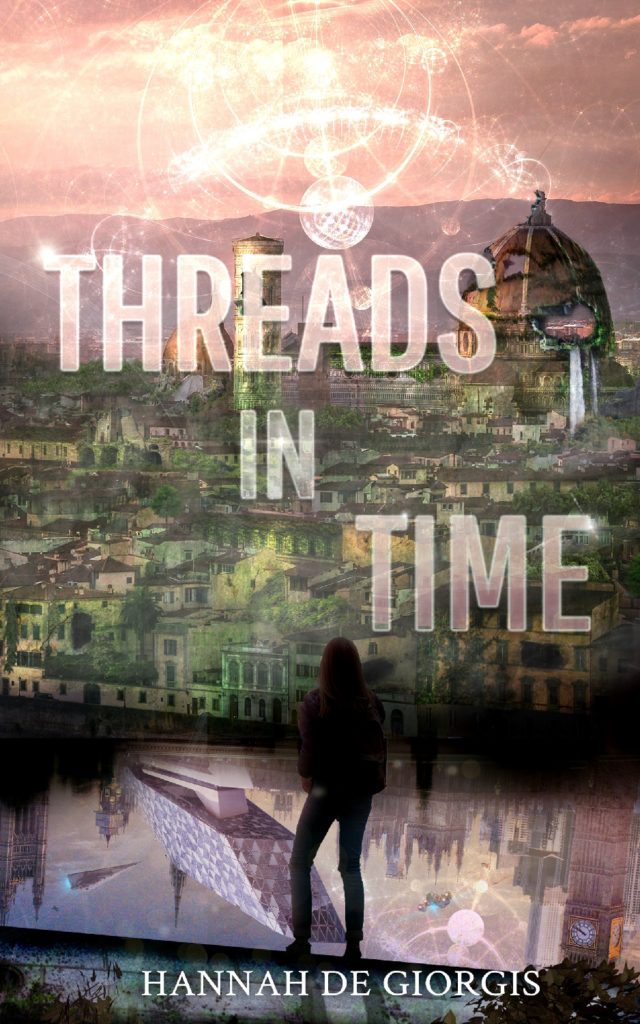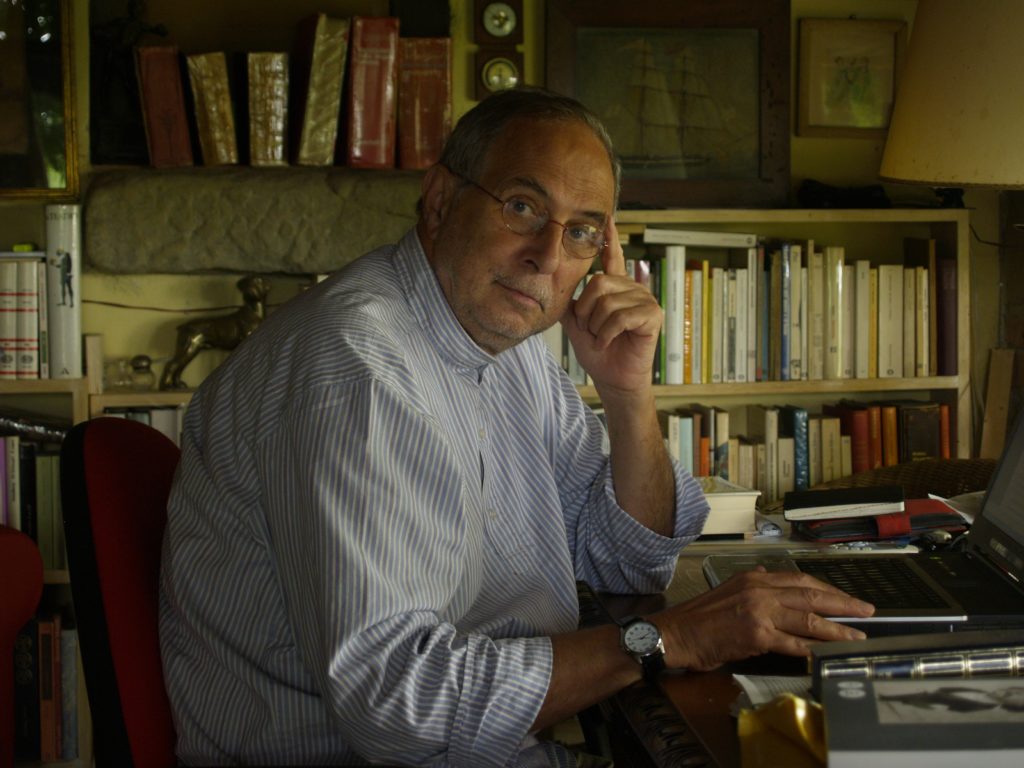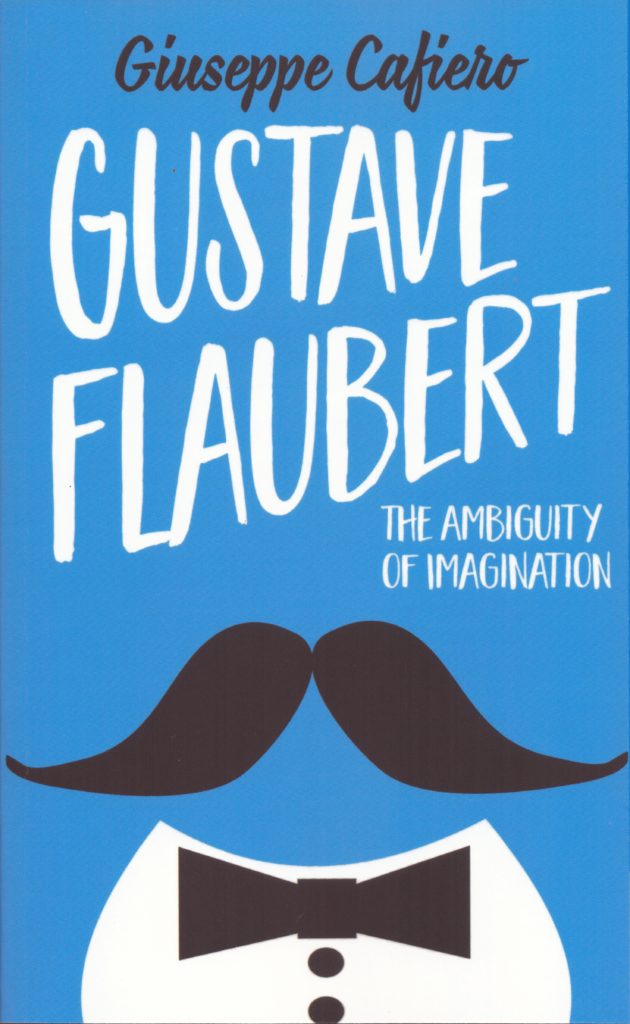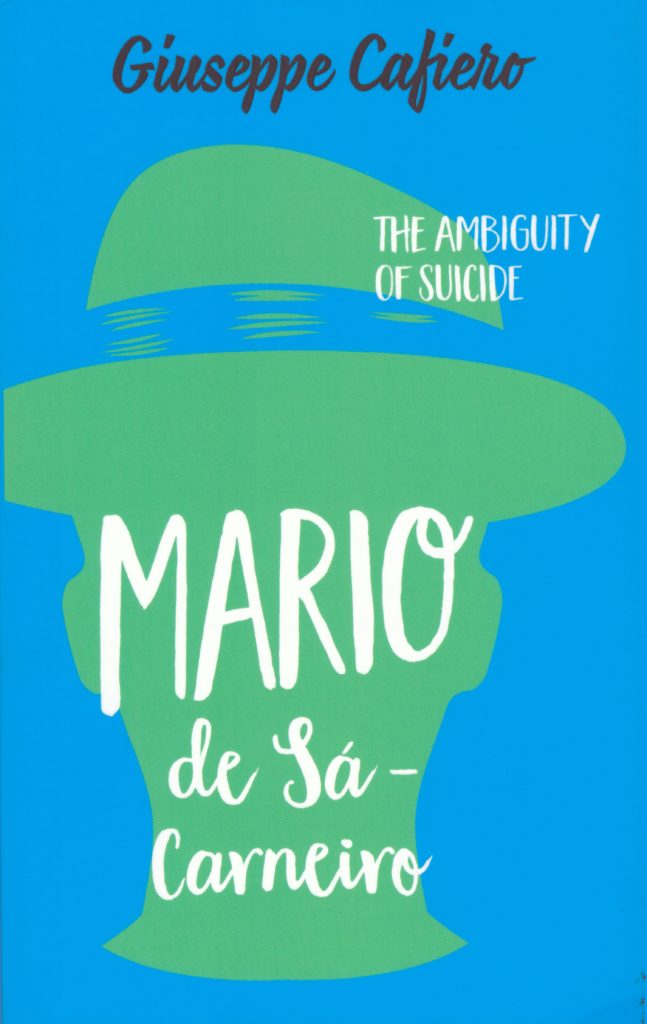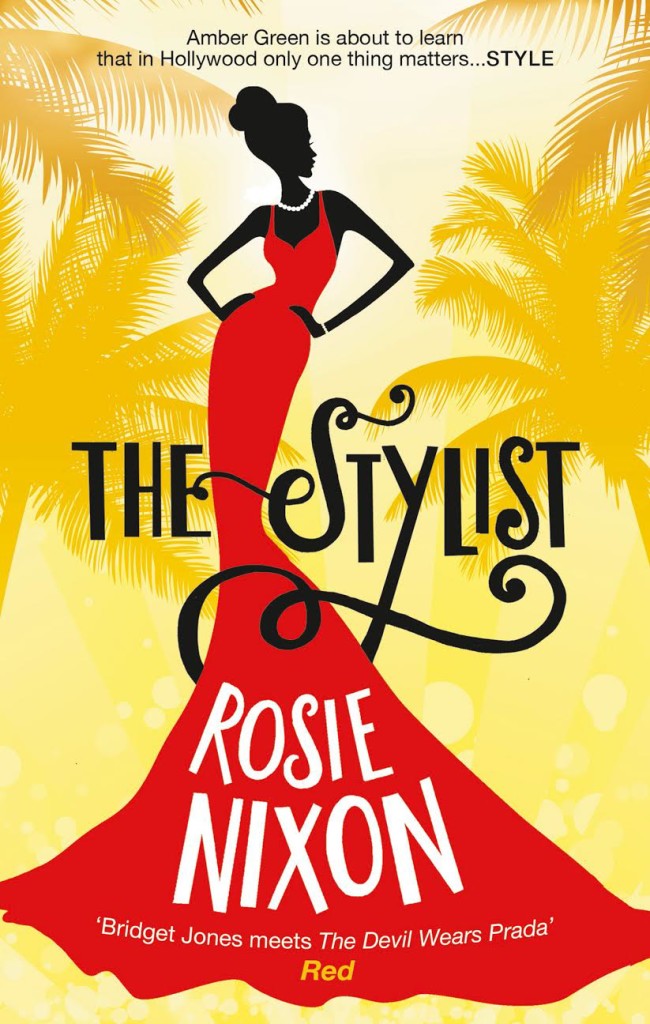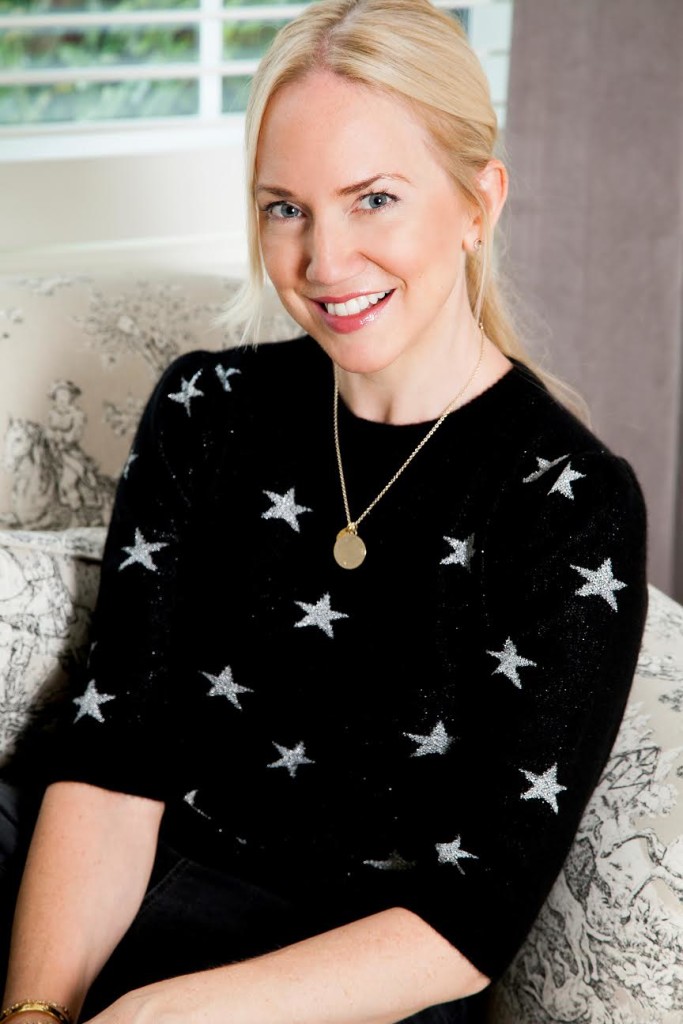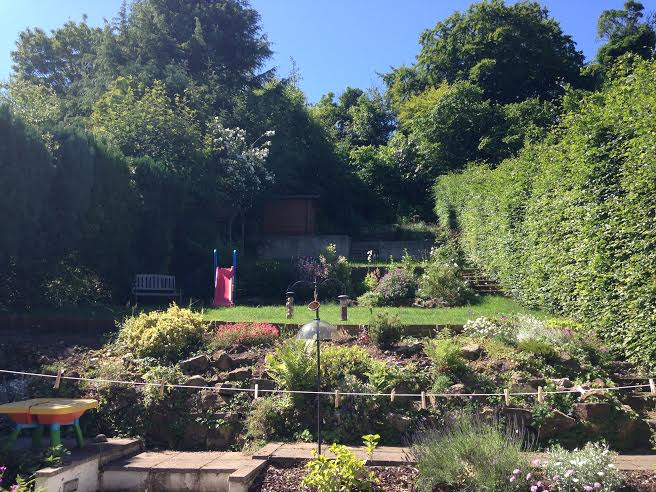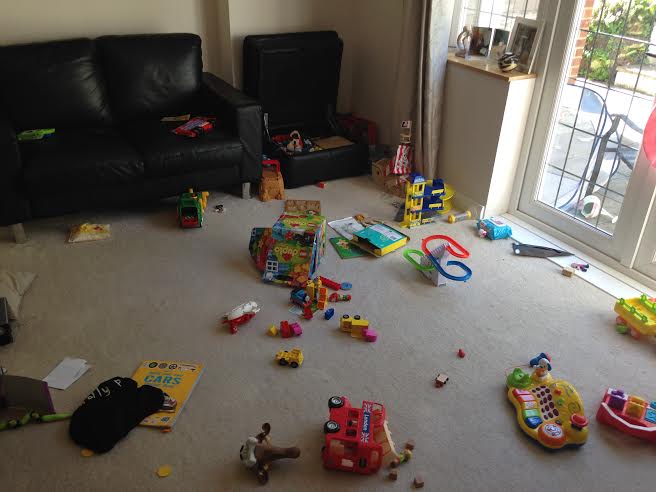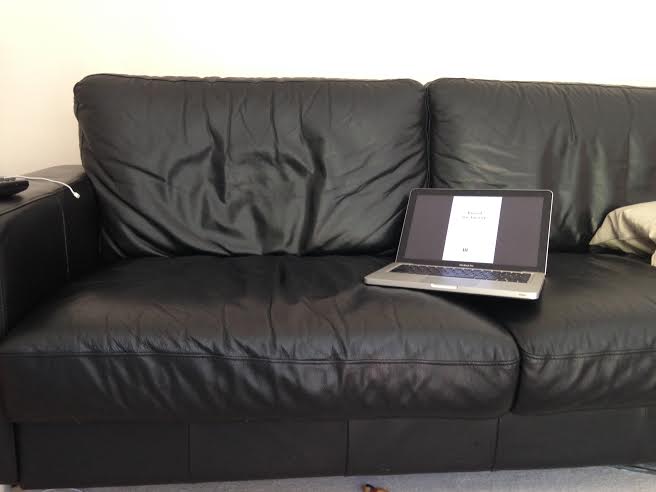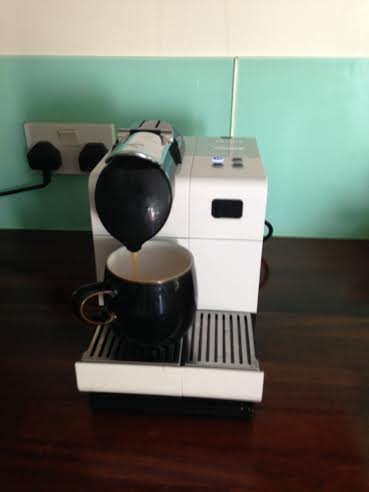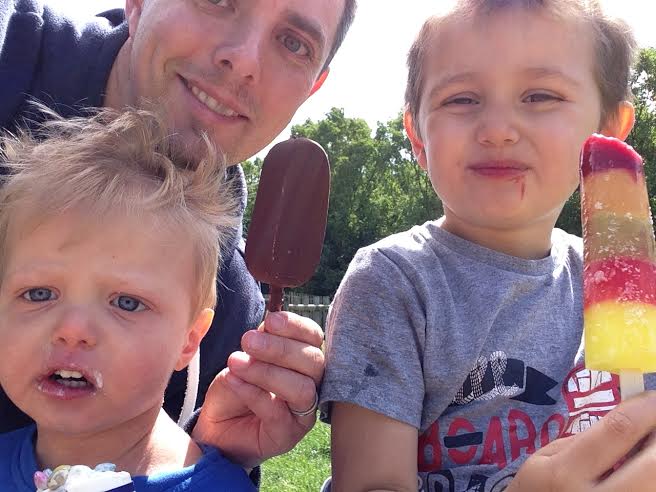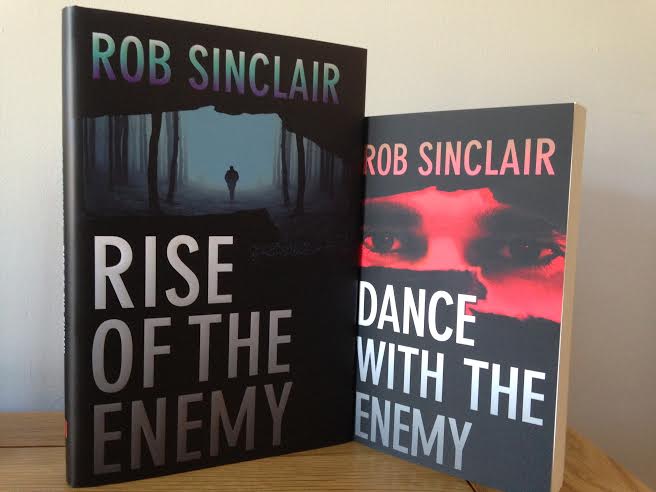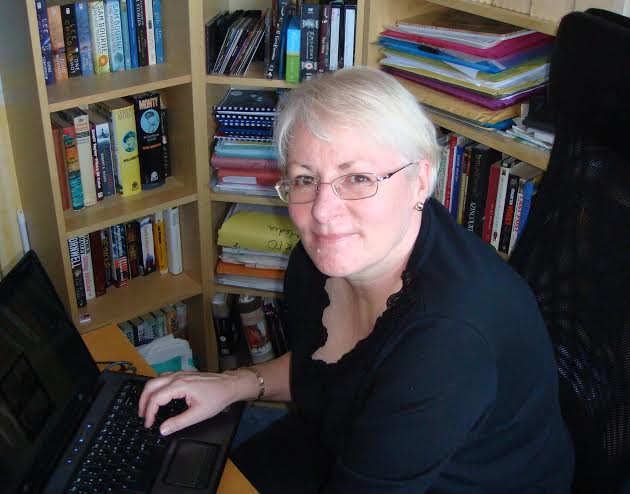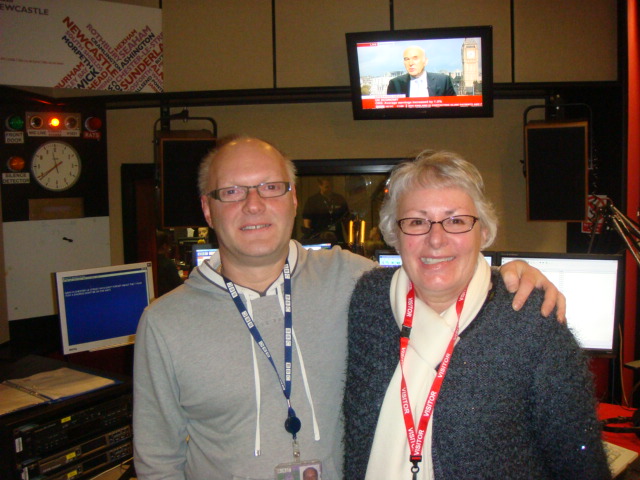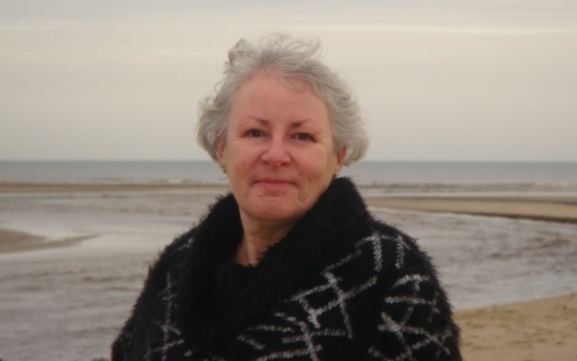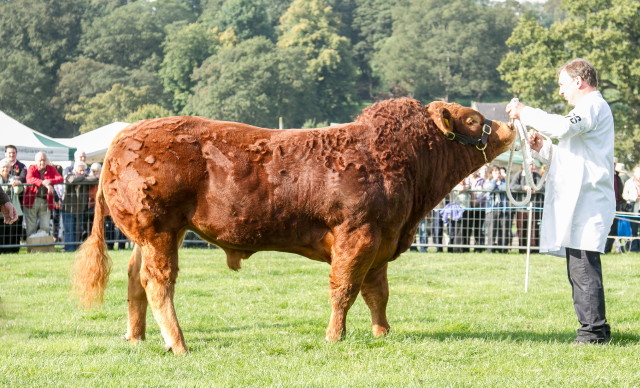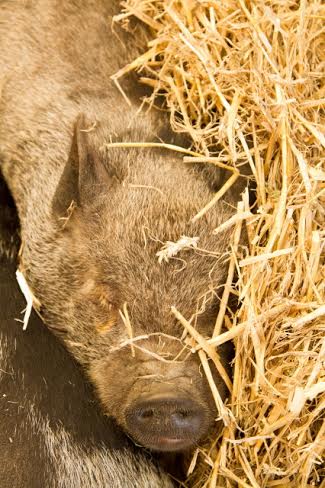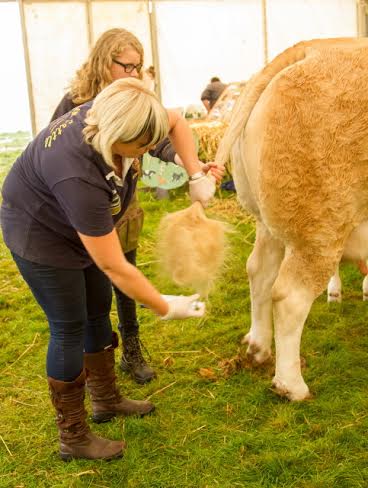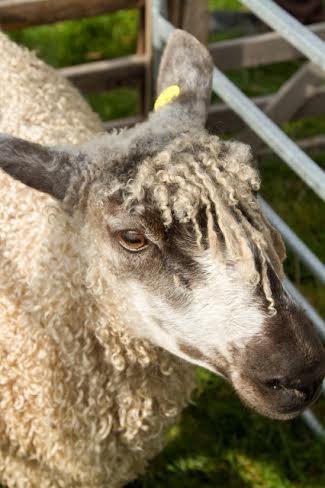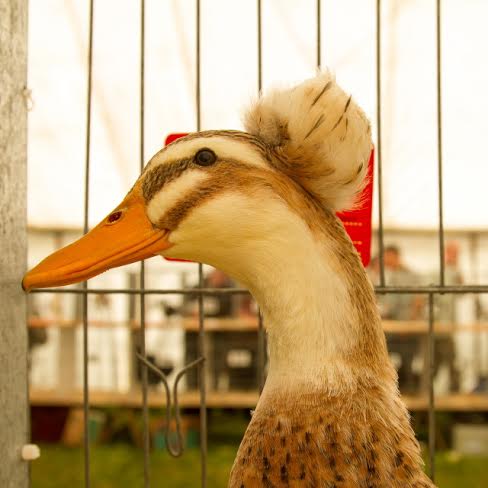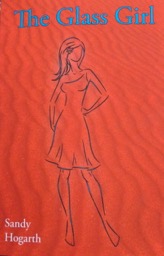 Hello there from the trenches of working motherhood. I am a freelance writer and editor with two children under three. Today I feel faintly refreshed after having a few hours sleep last night. I get asked a lot what it is like being a freelance writing mother so I want to take you through my week. I will also update you as time goes on. Welcome to my world.
Hello there from the trenches of working motherhood. I am a freelance writer and editor with two children under three. Today I feel faintly refreshed after having a few hours sleep last night. I get asked a lot what it is like being a freelance writing mother so I want to take you through my week. I will also update you as time goes on. Welcome to my world.
Last week my son was ill and not in nursery. He goes to nursery part-time. Three hours five days a week. Thankfully it is a nursery in a state school so is free. Unlike his previous nursery which cost over £1600 a term. Anyway, back to the point. So my son was ill, my daughter had a little cold and the freelance Gods thought this would be a good time for me to get a lot of work. I find as a freelancer that I get a lot of work all at once, or barely any. I make more money at the beginning of the year than I do the end. So my son was ill, I had no childcare and the baby was not sleeping at night. Even more than usual. Now, she doesn’t sleep anyway. She is sixteen months old and has slept though the night once. So I am one tired mama. And as usual, everything was happening at once.
I got a lot of work, hundreds of emails to go through, this mag to run and a million other things to do. It is full on and stressful. I would not want it any other way but I would quite like a spa day. To top it off my husband went off to Scotland for two days on a work trip. I swear, I do not know how single mothers do it. Both children were up all night and I ended up shaking from head to toe in my bed from the exhaustion. I get people telling me to just take it easy when it comes to my work, or to quit. It infuriates me. No one tells me to not be up all night with the baby, or to not do domestic crap, but doing something for myself and continuing to work on my career? Yeah, let’s give up the thing that keeps me sane.
In December I passed a writing course I was doing. It was intense and stressful doing it while looking after two children but I now have the certificate. The sense of pride and accomplishment always makes it worthwhile. I love working. There are many benefits to work other than money. There is the social aspect, the accomplishment, the contribution to society and the world as a whole. Work is important so I will carry on. Even when it means keeping one eye on the children while working on my computer.
I wrote my first novel by putting my son in the pram and walking until he fell asleep. I would then write two thousand words. Every day. No excuses. It worked and that is the thing about being a freelance working mother. You find what works and then you do it. It leaves you with valuable skills. I would not give it up for anything. I hope you find some of the upcoming posts helpful. Feel free to comment and you can email me at frostmagazine at gmail.com



